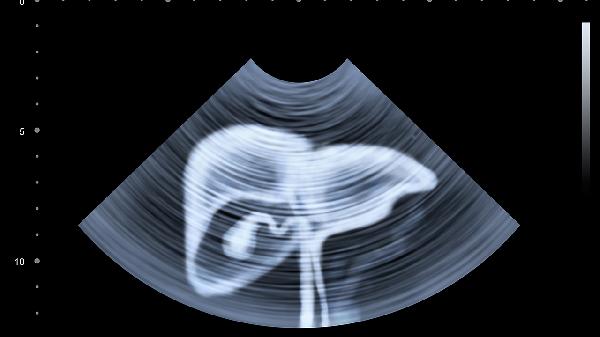If your wrists are aching after workouts, you're not alone—this is a super common issue that sneaks up on lifters, yogis, and even desk jockeys who type all day. The good news? A few simple tweaks to your form, recovery routine, and gear can make a world of difference. Let’s break down why your wrists might be throwing a fit and how to get them back on team "pain-free gains."

Most wrist pain starts with how you’re holding weights or bracing your hands during exercises. A death grip on the barbell or dumbbells can crank up tension in your wrists, especially during moves like bench presses, overhead presses, or even push-ups. Instead, aim for a "false grip" (where your thumb wraps loosely instead of clamping down) to distribute pressure more evenly. For push-ups, spread your fingers wide and press through your knuckles to take stress off the joints. Pro tip: If you’re into barbell work, experiment with wrist wraps—they’re like a cozy hug for your joints, offering extra support without sacrificing mobility.
Wrists are stubborn little hinges that thrive on movement prep. Skipping warm-ups is like revving a cold engine—it’s asking for trouble. Try dynamic stretches like wrist circles, prayer stretches (palms together, elbows out), or pressing your palms flat on the floor and gently rocking forward. For lifters, doing a few reps with lighter weights or resistance bands before going heavy helps prime the joints and tendons. Bonus: If you’re desk-bound all day, sneak in 30-second wrist stretches every hour to combat stiffness.
Weak forearm and grip muscles often dump extra work onto the wrists. Incorporate exercises like farmer’s carries, reverse curls, or even rice-bucket digs (yes, literally plunging your hands into a bucket of rice and squeezing) to build endurance. Yoga enthusiasts can benefit from poses like downward dog or crow pose to improve wrist stability over time. Consistency is key—think of it as leveling up your wrist’s "support squad" so they stop bailing mid-workout.
Awkward wrist positioning is a sneaky pain trigger. During exercises like planks or dumbbell rows, keep your wrists neutral (in line with your forearms) instead of letting them collapse inward. For bench presses, a slightly narrower grip can reduce wrist extension. If you’re feeling bold, try fat-grip attachments or thicker bars—they force your muscles to work harder while taking pressure off the joints. And hey, if an exercise consistently hurts, swap it out! There’s no trophy for suffering through skull crushers with shaky form.
Post-workout, treat your wrists like VIPs. Ice them if they’re swollen, massage the forearms with a lacrosse ball, or try contrast therapy (alternating warm and cold water soaks). Over-the-counter compression sleeves can help with circulation during rest days. And don’t sleep on nutrition—foods rich in omega-3s (salmon, walnuts) and vitamin C (bell peppers, citrus) support tendon health. If pain lingers beyond a week, though, it’s time to chat with a physical therapist—because nobody wins hero points for ignoring red flags.
Wrist pain doesn’t have to bench you permanently. With smarter technique, targeted strength work, and a little TLC, you’ll be back to lifting (or typing) without wincing. Remember: Your wrists are the unsung heroes of every workout—give them the love they deserve.
























